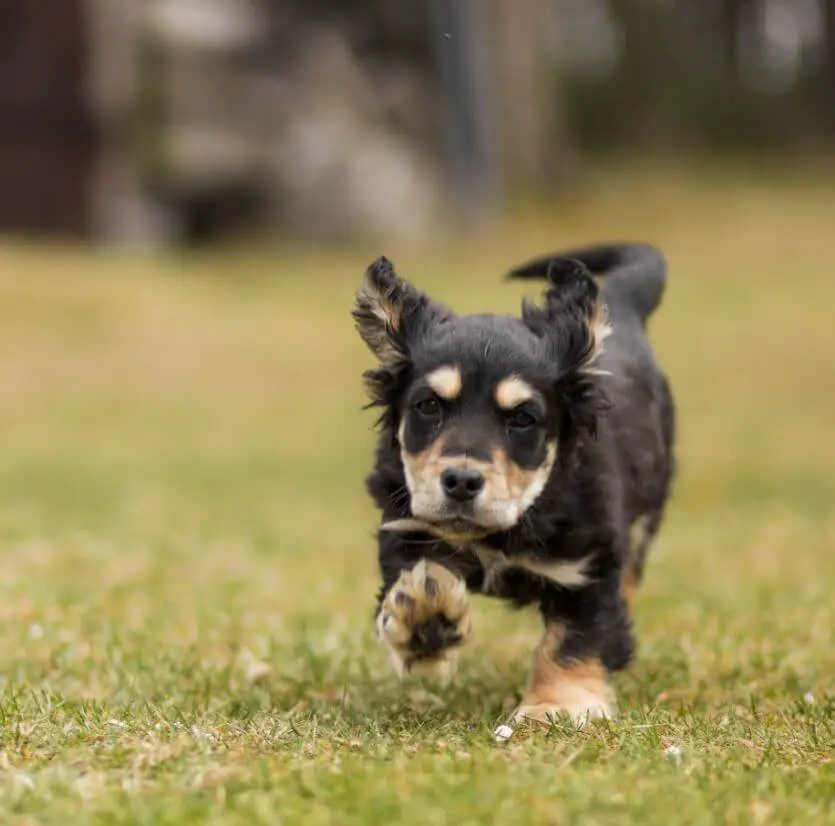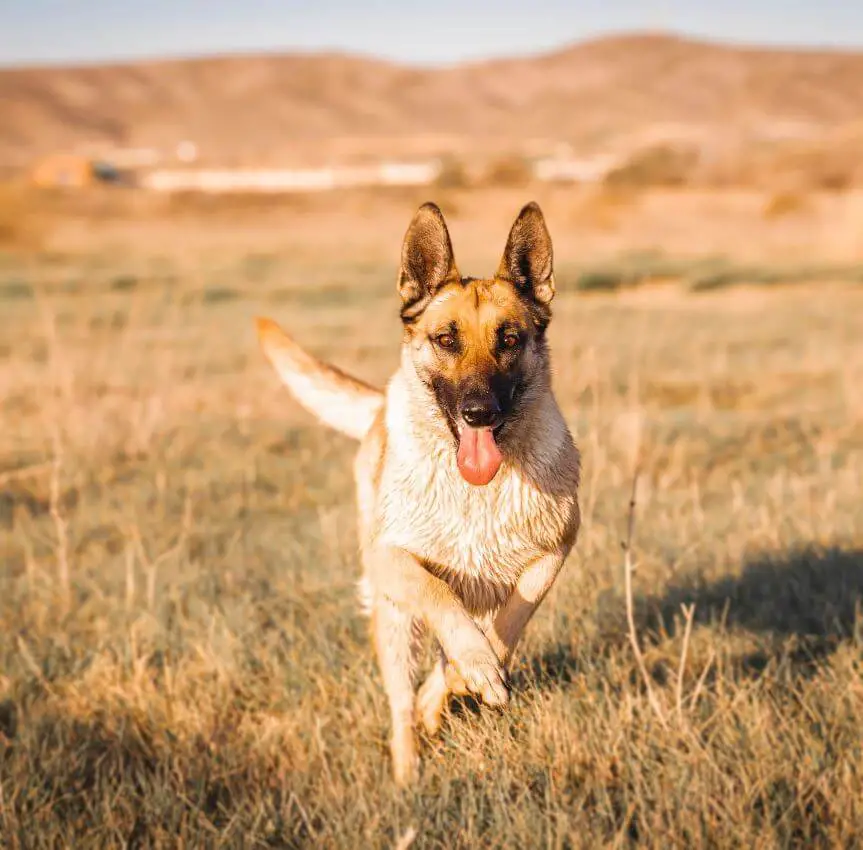The endearing sight of a dog bounding towards you when their name is called is a testament to the unique bond between humans and their canine companions. “Why do dogs come when their name is called?” is a question that intrigues pet owners and dog enthusiasts alike. In this article, we’ll delve into the fascinating world of canine behavior and explore the reasons behind dogs responding to the sound of their names.

Canine Name Recognition:
Dogs, known for their intelligence and social nature, possess the remarkable ability to recognize and respond to their own names. Name recognition is a learned behavior that develops through consistent association, positive reinforcement, and the strong bond formed between dogs and their human companions.
Positive Associations:
When a dog associates the sound of its name with positive experiences, it’s more likely to respond enthusiastically. Positive associations can be established through activities such as play, treats, affection, or any experience that brings joy to the dog. Over time, the dog learns to associate the sound of its name with the anticipation of something enjoyable.
Repetition and Consistency:
Repetition plays a crucial role in name recognition. Consistently using a dog’s name in various situations, such as during play, feeding, or walks, reinforces the association between the name and positive experiences. Dogs are quick learners, and the consistent use of their name in different contexts helps solidify the connection.

Social Bond and Attention:
Dogs are inherently social animals, and the bond formed with their human family is a powerful motivator for responding to their names. Dogs seek attention and approval from their owners, and coming when called becomes a way for them to engage socially, receive positive reinforcement, and strengthen the bond with their human companions.
Training and Positive Reinforcement:
Training plays a pivotal role in shaping a dog’s behavior, including their response to their name. Positive reinforcement techniques, such as offering treats, praise, or play when the dog responds to its name, create a positive association and encourage the desired behavior. Consistent and positive training experiences contribute to the dog’s eagerness to come when called.
Canine Communication Dynamics:
Dogs have their own unique communication dynamics, and name recognition is a part of this intricate system. In a group setting or multi-pet household, dogs learn to distinguish their individual names, responding specifically when called. This ability reflects their cognitive and social adaptability.
Inherent Desire to Please:
Dogs, being highly social and pack-oriented animals, have an inherent desire to please their owners. Coming when called is a form of cooperation and obedience that aligns with their natural inclination to be part of a social structure. The joy and excitement displayed by dogs when responding to their names are manifestations of their eagerness to please and connect with their human family.

Conclusion:
The question of why dogs come when their name is called unveils the depth of the canine-human bond and the fascinating world of canine behavior. Whether driven by positive associations, social dynamics, or the desire to please, a dog’s response to its name is a heartwarming demonstration of the special connection shared between dogs and their human companions.
In conclusion, the ability of dogs to come when called reflects their intelligence, social nature, and the positive experiences associated with their names. Understanding and appreciating the factors that contribute to name recognition enriches the communication dynamics between dogs and their cherished human family members.
